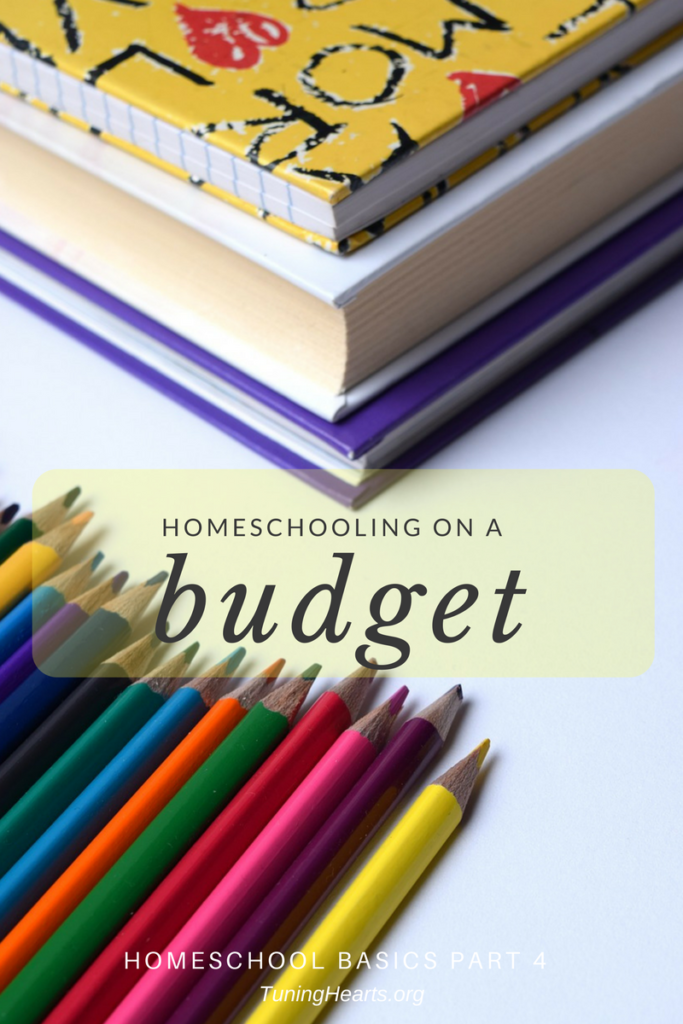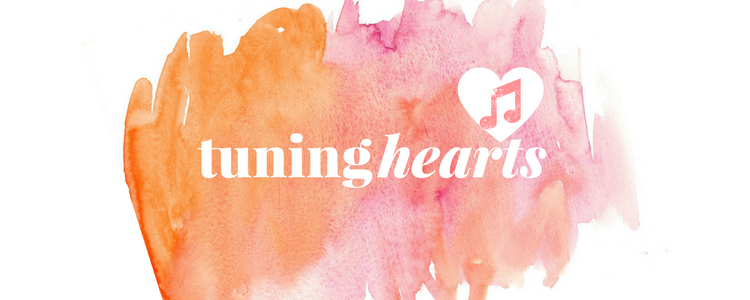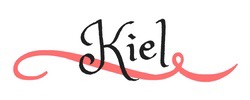Welcome to Part 4 of my Homeschool Basics series! Missed the previous posts in this series? No worries! Part 1: Why We Homeschool is here, Part 2: How We Homeschool is here, and Part 3:Year-Round Schooling is here.


If you are thinking about homeschooling your child(ren), one of the things you will need to consider is the cost. Most families choosing to home educate are living on one full-time income, although I am hearing of a growing number of families in which both parents work full-time and still find ways to homeschool! Either way, you need to have a budget for your homeschool. If you are coming from a public school mindset, then the idea of paying extra for education may be a bit of a burden to you. But if you consider how much private school tuition generally costs, then you will likely be relieved! Homeschooling costs fall somewhere in the middle, and how you choose to home educate determines how much you will spend.
If you are anything like me, you need to cut costs and get the most bang for your buck in every area of your budget, homeschool included! Here are some ways that our family has drastically reduced our education expenses while still giving our children a fantastic learning experience.
- Use a free or inexpensive base curriculum. As I mentioned in previous posts, we use a free Charlotte Mason style curriculum available from AmblesideOnline.org. The booklists, reading schedules, parent resources and support, etc., are all completely free of charge! All you have to buy are the books, although even many of those can be found online for free (see next point). If you are not interested in a Charlotte Mason style education, I have heard many homeschool moms use and like the free curriculum from Easy Peasy All-in-One Homeschool. If you know of other free or low-cost curriculum choices, I would love for you to leave a link to it in the comments!
- Get free books via Kindle, Gutenberg and Librivox. One of the things I love about AmblesideOnline is that the moms who created it were very careful to choose books that were widely available at a reasonable cost while still being high quality classics. This means that many of their choices are books that are old enough to be in the public domain. The AO booklists link to any book that has been converted into electronic format and is available for free online, whether via Gutenberg.org, Amazon Kindle, or in audio format on Librivox. I used these resources heavily when I was pre-reading for AO Year 1 before deciding to purchase in print books. Some people who have either serious space or budget limitations use these free e-books almost exclusively. This is a great way to have a great living books education without spending a lot on building a large home library.
- Make use of the library. Speaking of libraries, if you homeschool, you need to make your librarian your friend! No matter what style of homeschooling you choose, you can probably find most of the books, magazines, dvd’s and more that you need right there at your public library! Just be sure to return things on time so you don’t end up spending a fortune in overdue book fines!
- Shop for used books cheaper at thrift stores, library sales or online. Because I have 2 students that will be using the same books eventually, I decided that it was worth the cost for us to go ahead and purchase as many physical books as we can from the AO lists. However, I am rarely willing to pay full price for a new book unless I cannot find it cheaper used somewhere. I never stop in my local thrift stores without going over the book shelves pretty thoroughly. I have found some real gems for only $.50-$1! Another great place to find inexpensive used books is your local library’s book sales. Most libraries have these once or twice a year, and you can often find great titles at a fraction of the price you would pay elsewhere. If you prefer to shop online, I have had great success with finding used books via sellers on both Amazon and AbeBooks. You do need to check shipping prices and reviews, however.
- Use free reading and math curricula, at least for lower grades. If you do a little research, you will find a plethora of free or low-cost options for teaching basic phonics and reading skills, as well as math and handwriting. If I had known about these options my first year homeschooling, I probably would have saved a lot of money! Although I did not make use of a free reading curriculum, I have had a great experience using MEP math, a complete free math program from the UK. Amy Tuttle’s Discover Reading is a good, inexpensive guide to a Charlotte Mason method of teaching your child to read.
- Free or low-cost supplementary materials. If you are going to do composer study, find free versions of the songs you will use on Youtube. Again, AmblesideOnline has links to videos of their chosen pieces for each term. Another choice, if you already have an Amazon Prime membership is to use the Amazon Prime Music app to find the songs for your composer and create a playlist for use in your homeschool. We will be trying this out in the coming year. For our artist study, we started out using the computer, but I soon decided I would prefer having physical prints for us to look at without staring at a screen. Instead I used document printing from our local Staples to get 8×11 prints of all our artwork and spent only $13 for the whole year. The same can be done at Office Depot.
- Cheap school supplies on clearance or at Dollar Tree. Of course, you will need some basic school supplies for the year, and the best time to buy these is when they are on clearance in the fall. You can also find some inexpensive school supplies at the Dollar Tree. Some of my favorite things to buy there for school are actually their little workbooks and flashcards that my toddler can play with and feel like she is “doing school” with her brother.
- Repurpose and reuse. When it comes to consumables, some things will just need replaced every year, like used up spiral notebooks and worn out folders. But if you can reuse more costly supplies like binders, page protectors, etc., do it! Most kids really don’t need completely brand new school supplies like pencils and crayons every single year. But when you do know your supplies are getting worn out or running low, try to plan ahead and buy when they are on clearance.
- Simplify. Even though there are some really wonderful options out there, you truly don’t need fancy curriculum to have a great education for your children. I know a lot of people like to decorate their school rooms and fill up their shelves with fun manipulatives, games and activities; but the fact of the matter is, you don’t need to do that. Read well-written, living books. Practice reading, writing and arithmetic skills. Go explore outside in nature. Listen to good music. Look at beautiful art. Teach your children how to cook and clean. Love on your kids and give them space to use their imaginations. Do these things, and your children will have a rich education. All the money in the world can’t buy what your children need most–your love and guidance.



